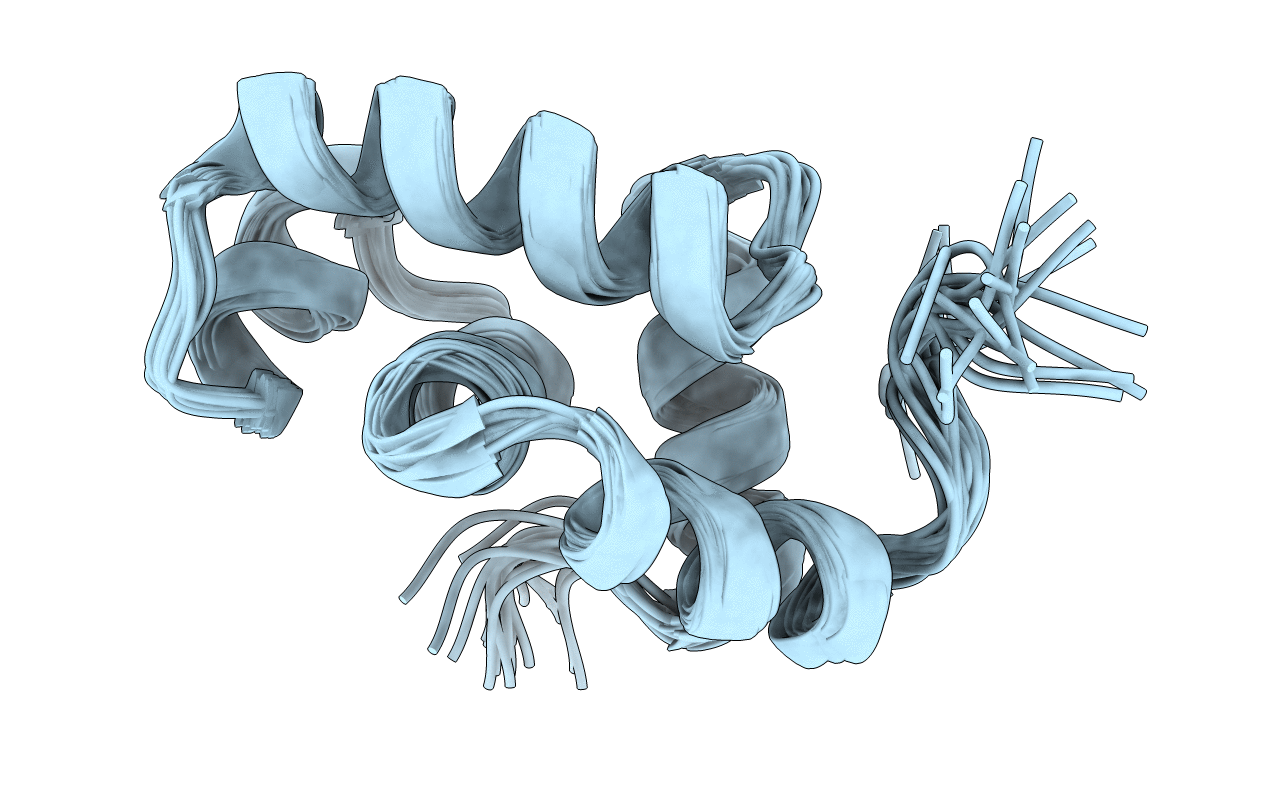
Deposition Date
2005-05-10
Release Date
2006-05-02
Last Version Date
2024-05-29
Entry Detail
PDB ID:
1X3U
Keywords:
Title:
Solution structure of the C-terminal transcriptional activator domain of FixJ from Sinorhizobium melilot
Biological Source:
Source Organism:
Sinorhizobium meliloti (Taxon ID: 382)
Host Organism:
Method Details:
Experimental Method:
Conformers Calculated:
80
Conformers Submitted:
20
Selection Criteria:
structures with the lowest energy


